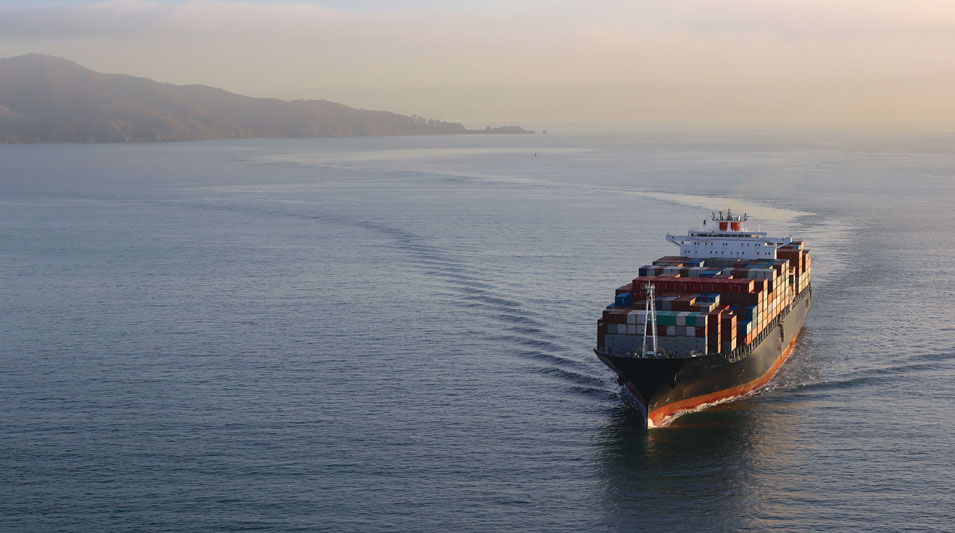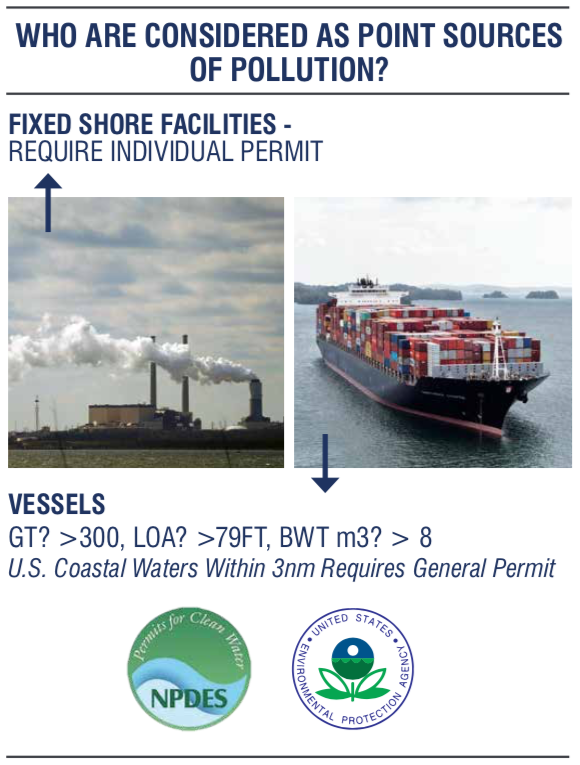
27 May Clean Water: United States (U.S.) Clean Water Act And Relevant Regulations
Nearly 99% of the world’s goods are transported by sea, out of which 77% are containerised cargo.
To regulate such a flow of goods and ships, many countries have implemented their own rules, which is why nowadays, we are all busy managing regulations as well as managing ships. Whether we like the new regulations or not, the truth is we have to comply with them. As the U.S. of America leads the way on environmental regulations and the implementation of their regulations is the most notorious in the shipping industry, we try to understand their regulations inside out.
What does the Clean Water Act Do (CWA)?
- Established the basic structure for regulating pollutant discharges into the waters of the U.S.
- Gave U.S. Environmental Protection Agency (EPA) the authority to implement pollution control programmes such as setting wastewater standards for industry. EPA regulates the volume and the type of discharges to preserve environment.
What is the requirement of CWA to facilities for waste discharges into navigable waterways?
- The CWA requires all facilities to have a permit to dis- charge waste into navigable waterways.
- The permit will be issued under the National Pollutant Discharge Elimination System (NPDES).
To whom this permit applies? Applies to:
- Any point source.
- Discharge of a pollutant to waters of the U.S. (3nm).
What is the goal of NPDES:
- To minimise pollution within U.S. territorial waters (3 nm).
How this goal is to be achieved?
- NPDES controls water pollution by regulating point sources that discharge pollutants into waters of the U.S.

Who are considered as point sources of pollution?
- Fixed shore facilities. It requires individual permit.
- Vessels with GT>300,LOA>79FT, U.S. Coastal waters within 3nm. It requires General Permit. Due to the huge number of ships trading in the U.S., estimated at 65,000, the EPA developed a Vessel General Permit (VGP) which would apply to all ships.

What is the VGP?
- The VGP is a CWA, NPDES permit that authorises, on a U.S. nationwide basis, 27 discharge types incidental to the normal operation of non-military and non-recreational vessels greater than or equal to 79 feet in length.
What are the Effluent limits and Related requirements? What are the limits of authorised pollution?
- Reduce, reduce, reduce and / or eliminate to the extend achievable using control measures technologically available and achievable considering best marine practices.
VGP is in force until it is replaced by the Vessel Incidental Discharge Act (VIDA). Implementation of VIDA is expected to commence on 3 December 2020 and be completed at an undetermined period of up to two years after above mentioned date.
WHAT REQUIREMENTS ARE ESTABLISHED BY VIDA?
- It provides for the establishment of uniform and environmentally sound standards and requirements for the management of discharges incidental to the normal operation of a vessel.
- It charges the EPA with primary responsibility to establish standards relating to the discharge of pollutants from vessels.
- It charges the USCG with primary responsibility for prescribing, administering and enforcing regulations consistent with these standards.
What are the differences in primary responsibilities between VGP and VIDA:
EPA primary responsibilities:
VGP: Implements and administers, regulates the VGP.
VIDA: Will be responsible to establish standards relating
to the discharge of pollutants from vessels.
USCG primary responsibilities:
VGP: Inspect vessels for compliance with the VGP.
VIDA: Prescribing, administering and enforcing regulations
consistent with these standards.
Is violation under VGP or VIDA provisions considered unlawful?
Yes. VGP and VIDA both make it unlawful for any person who violates any provision of the current VGP or future VIDA. Violators can be subject to administrative, civil and criminal penalties. Each day of a continuing VGP or VIDA violation is considered a separate offence.
Lesson learned:
To maintain Clean Waters:
In light with best marine practices:
- Reduce generation of wastes;
- Reduce and / or eliminate authorised pollution to the extend achievable using control measures technologically available and achievable.
DON’T:
- Add constituents / ingredients / components to any discharge that are not incidental to normal operation of vessel
- Dilute discharges to meet legal limits!
Dimitar Abadjiev, Environmental Compliance Manager
